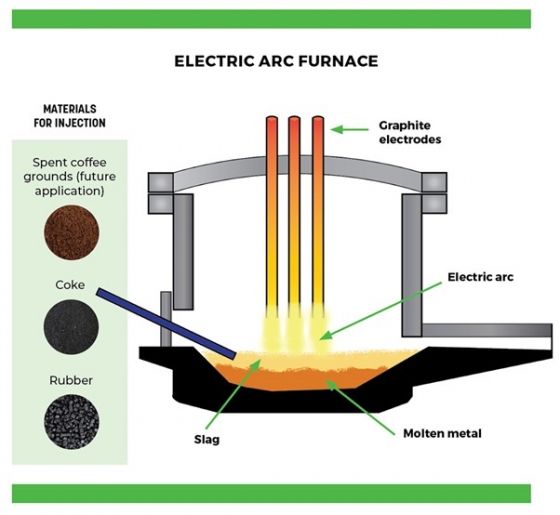More nurses and allied health workers will be trained in WA’s South West and Goldfields regions as part of a $36 million push from the Morrison Government to boost local health workforces through new University Departments of Rural Health (UDRH).
Prime Minister Scott Morrison said the new additions would encourage more graduating health professionals to practice in the South West and Goldfields regions.
“University Departments of Rural Health boost the rural primary care workforce, improve health outcomes in rural and regional communities, and give students a taste of what it’s like to work in the bush,” the Prime Minister said.
“I welcome Edith Cowan University as a partner to the Program, as the 22nd university to provide increased rural and remote training across Australia under the program.”
Curtin University will build on its existing medical training presence in the Goldfields region, establishing a UDRH for nursing and allied health training to complement its rural clinical school.
Today’s announcement builds on the recent Rural Health Multidisciplinary Training (RHMT) program expansion, which included ongoing funding for a new UDRH to be located in Emerald in Central Queensland.
A former regional doctor, Minister for Regional Health Dr David Gillespie said the RHMT program was a key part of the Government’s commitment to addressing health workforce shortages outside the cities.
“We know from an independent evaluation that the RHMT program supports universities to deliver teaching and training to an equivalent, or higher, standard than that of metropolitan settings,” Dr Gillespie said.
“We also know that health professionals who graduate from rural placements are more likely to stay in the bush, where they are sorely needed, because they appreciate the professional and personal benefits of working in those communities.”
Member for Forrest Nola Marino and Member for O’Connor Rick Wilson welcomed the two new UDRHs.
“This is a very important initiative that will help address health workforce shortages in the South West – the fastest growing region in WA,” Mrs Marino said.
“Access to health care is a huge issue across the Goldfields so this commitment is a game changer for our region which I have been fighting hard for,” Mr Wilson said.
“A UDRH based in Kalgoorlie means we can grow our own workforce and create more local jobs in health.
“It is fantastic that Curtin University with local partners will deliver the program out of the School of Mines and I thank them all for their commitment to make this happen.”
The 2020 RHMT evaluation also found the program has direct economic and other benefits for regional and rural communities.
The new UDRHs will focus training activities in Modified Monash (MM) 3 to 7, or large rural towns to very remote communities, and strengthen the ongoing participation by Aboriginal and Torres Strait Islander people and organisations in activities across the RHMT program.
The Prime Minister said the new UDRHs would have a real impact on health workforce numbers in the regions.
“The program extension we’ve announced today will result in 3,000 additional placement weeks per year at full implementation – that’s up to 500 more students gaining rural clinical experience in Western Australia,” the Prime Minister said.
In 2020, more than 14,200 nursing and allied health rural placements were delivered across Australia, equating to over 65,000 placement weeks.
This initiative expands the Rural Health Multidisciplinary Training program, which will now support 22 universities, forming a national network of 19 Rural Clinical Schools, 19 UDRHs and 26 Regional Training Hubs.

